What New NCAA-CHL Agreement Means for NHL Draft and Prospects
What New NCAA-CHL Agreement Means for NHL Draft and Prospects
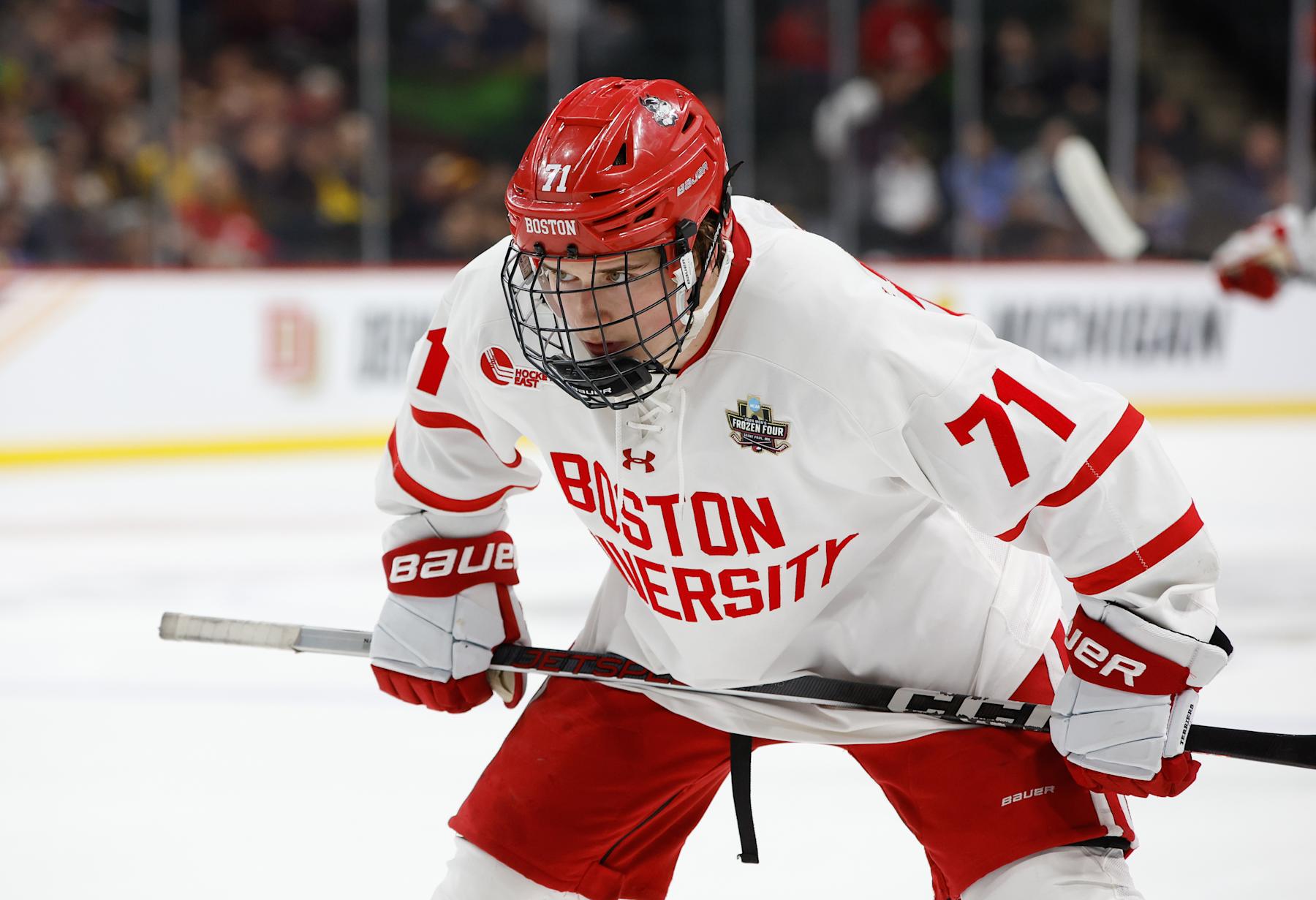
Tale as old as time: a hockey player commits to an NCAA Division I program only to later turn around and sign with a major junior team in either the WHL, OHL, or QMJHL, rendering him ineligible to play college hockey. But that's now a thing of the past.
CHL players will now have eligibility in the NCAA starting next year after a vote was passed on Nov. 7. Per the NCAA, the proposal "would enable prospects who participate in major junior ice hockey or on professional teams to retain NCAA eligibility as long as they are not paid more than actual and necessary expenses as part of that participation".
This change will bring ice hockey (and skiing) in line with what is allowed in other NCAA sports.
The vote marks a major change in the development landscape for NHL prospects.
A disclaimer: this piece is not nearly as all-encompassing as it could be—that would require a book's worth of words. But here's how it could dramatically affect the future of prospects and what their journey to the NHL will look like.
What Does the Vote Do and How Does It Affect the NHL?
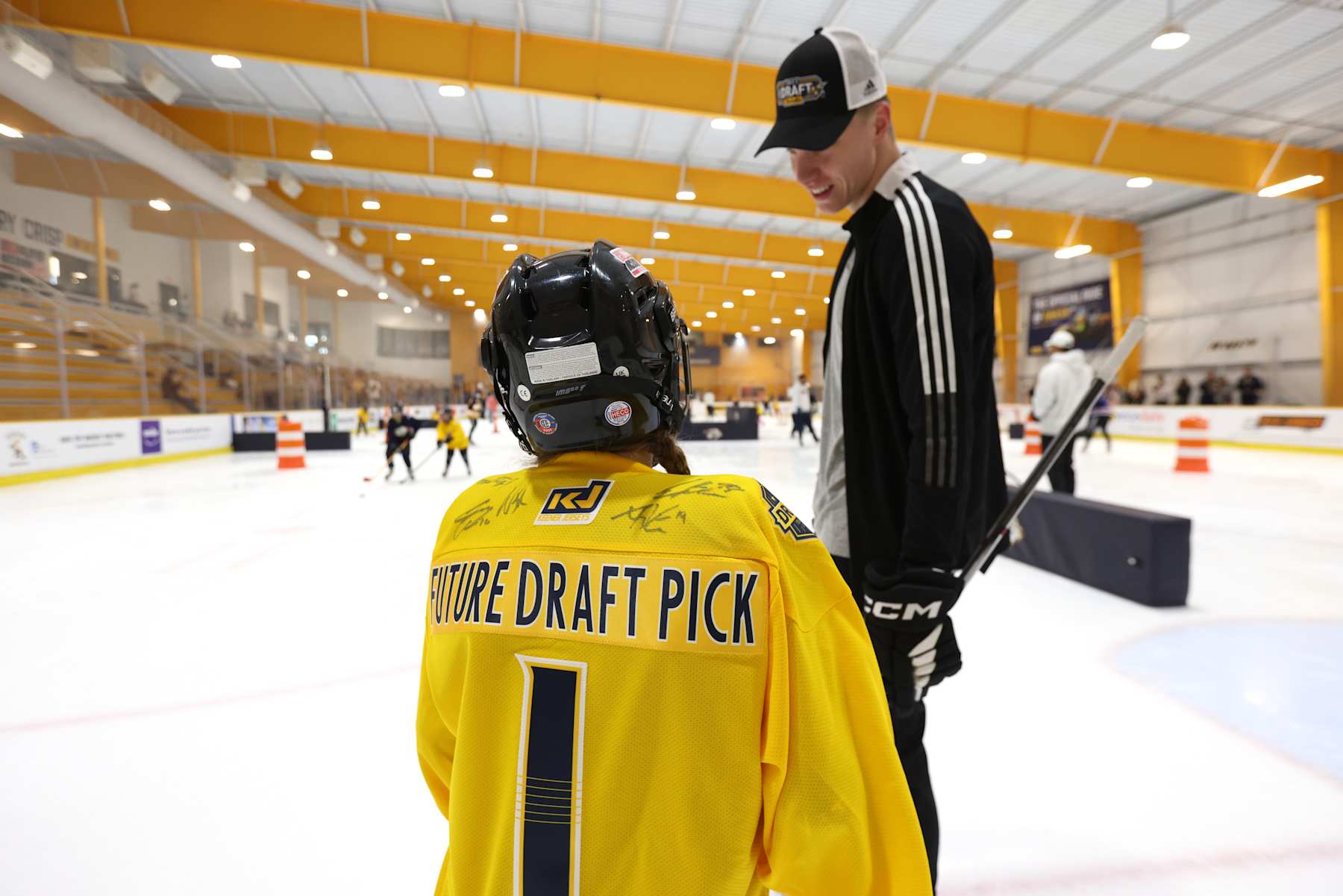
The vote will allow players who have previously played in any of the CHL leagues—the Western Hockey League (WHL), Ontario Hockey League (OHL), or Quebec Major Junior Hockey League (QMJHL)—classified as major junior leagues to retain eligibility for NCAA hockey. On the surface, it also appears to be a solution for the NCAA to a recent class-action lawsuit filed Aug. 13 in U.S. District Court in Buffalo. This lawsuit alleged that the rule removing NCAA eligibility from players who appeared in CHL games violated U.S. antitrust laws.
It's important to note that this rule change will not apply to any CHL players who have signed an NHL contract. That's the line of demarcation here between amateur and pro; sign that entry-level contract (ELC) and you lose your college eligibility. This brings hockey onto a level playing field with other NCAA sports that feed into pro leagues.
It makes sense on the surface. CHL players do not get paid, per se; they receive a monthly stipend for living expenses while they play, but that doesn't count as income, nor should it. Players who have signed their ELC, however, are eligible for payments that include signing bonuses even if they return to junior hockey and their contract slides, though those bonuses cannot exceed 10 percent of the ELC total.
In terms of how it affects the NHL, there's no real immediate impact other than teams having more flexibility in development environments for their players.
What Does This Mean for Players Eligible for the NHL Draft?
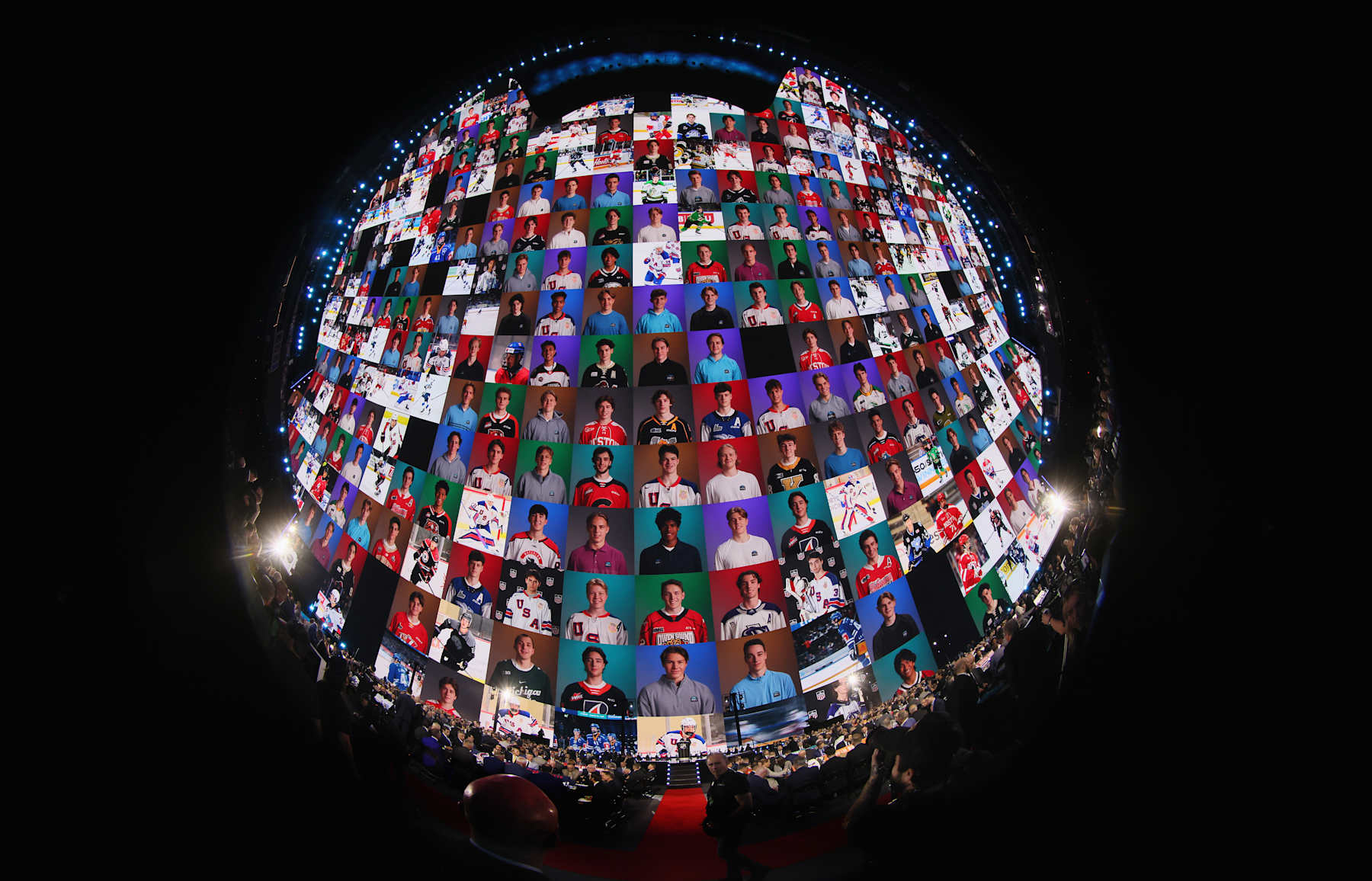
In short, what this decision means for draft-eligible (and, frankly, drafted but not signed and undrafted) prospects is more development options. More options lead to a more productive environment overall, because the development leagues are no longer siloed. They're in much more direct competition with each other for certain subsets of prospects, which means everyone will be pushing each other to be better at what they do.
That's a win for us all.
So many different variables are at play here. On the one hand, we'll likely see fewer Canadians defect to the USHL if they can play major junior closer to home and retain their eligibility to play NCAA hockey. Going the opposite direction, USHL teams that want to keep their top players are going to have to make sure they're giving them competitive minutes because they have the option of leaving for whatever CHL team holds their major-junior rights. A guy could hypothetically play one year for the NTDP's U17s team, go to the OHL for his draft year, and then make the move to college hockey if he doesn't sign his ELC.
Those are just a few scenarios we could see. The important throughline is this: a good NHL draft-eligible player could, hypothetically, hold more agency over his development path moving forward than we've seen in the past.
The rule change will not go into effect until next August, so there will be no midseason jumps from the CHL to the NCAA, in case you were hoping to see that. You're going to have to hold out just a tiny bit longer.
Will It Help Or Hurt Players' Draft Stocks?
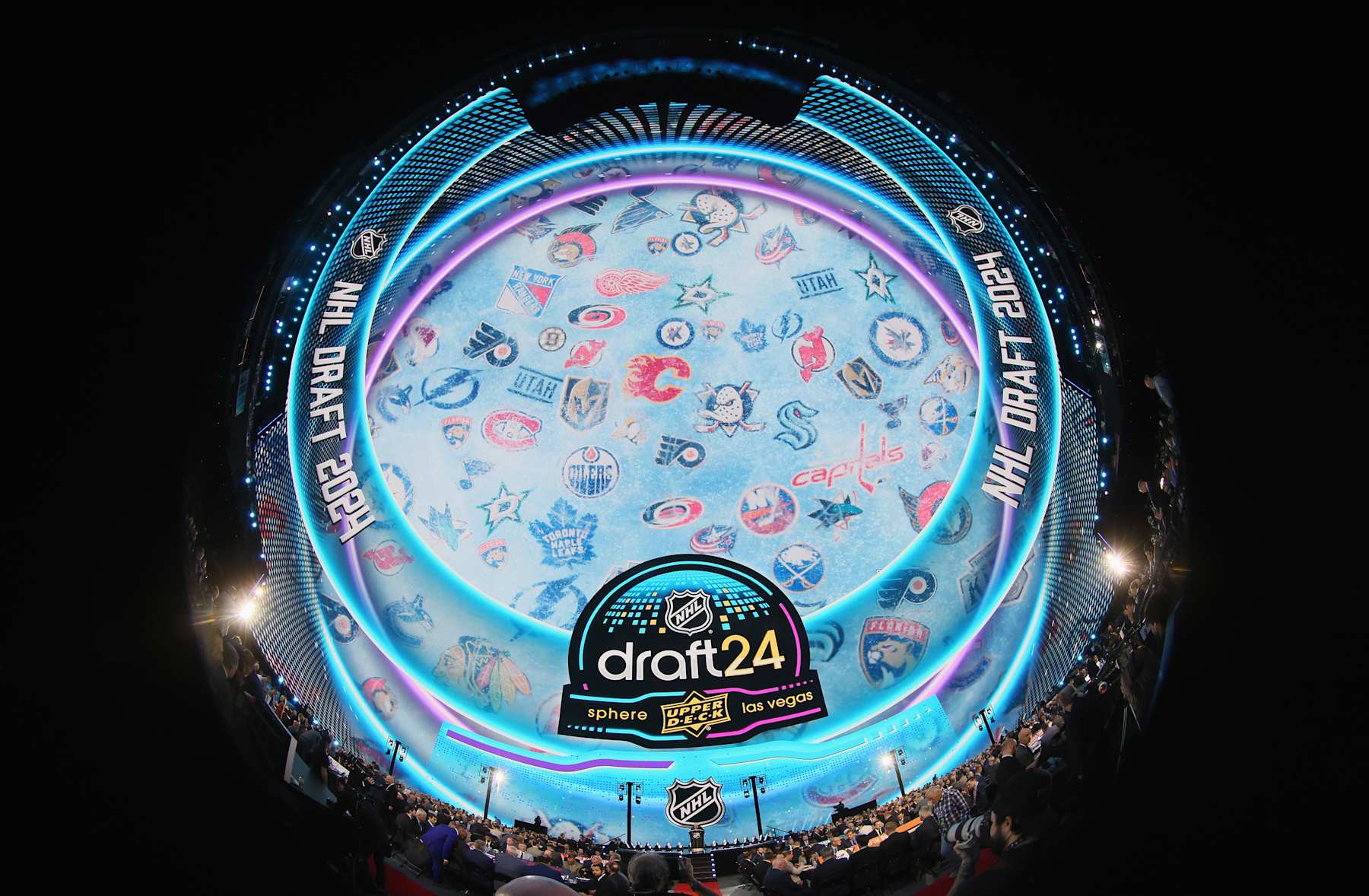
As with anything else in hockey, whether this helps or hurts a player's draft stock is up to the player. Well, to the player and to the player's development environment.
On the whole, though, it should help purely because it allows players more freedom of movement than they've previously had. Each player should have a better chance to find the option that suits them best. If players are truly being challenged to grow and learn as much as possible, that's not just good for their draft stock—it's good for the game.
One note: per the wording of the rule, it seems that this would also apply to European players who played up to their organization's pro team without signing a professional contract. So it isn't just the CHL affected here. This is something to keep an eye on, as it gives those players another development route that isn't the CHL or going directly to the AHL—a route teams might choose to use for players who may not hang in the AHL but who they don't want to lose to the CHL-NHL agreement abyss. (A refresher: CHL players under age 20 cannot be assigned to the AHL; they must be returned to their major junior club if they are not playing in the NHL.)
How Will It Help NCAA Hockey?
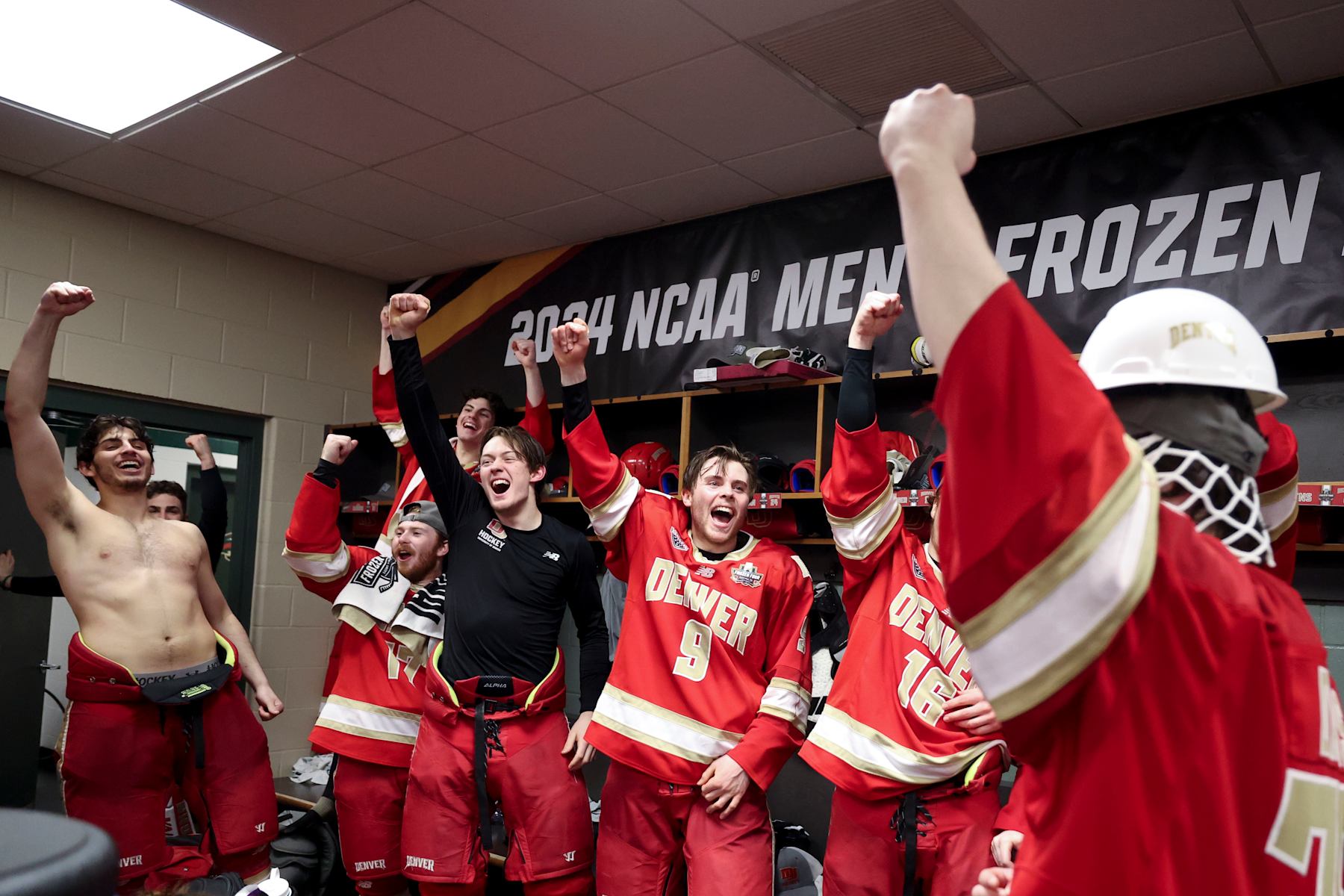
The vote and ensuing rule change effectively eliminate the bylaw ruling that teams classified by the Canadian Hockey Association as major junior teams count as pro teams. There's already been some speculation that it could cause some Canadian players to come across the border and take college hockey roster spots away from American players.
That feels a bit silly—if those players wanted to play college hockey, they would be playing college hockey. There's no shortage of Canadians in college hockey as it is. You might've heard of this guy named Macklin Celebrini? No. 1 Overall pick? Played at a place called Boston University?
It's far more likely that undrafted or over-age CHL players see NCAA hockey as an opportunity to continue their development path and still be seen consistently by scouts. Take Regina Pats player Braxton Whitehead, who is currently the perfect hypothetical for how this rule change could play out. Whitehead, who is 20 years old, recently made a verbal commitment to join the Arizona State University Sun Devils in 2025-26, should the bylaws change. Effectively, he'll be aging out of the WHL and moving to college hockey next season. This is probably going to be the most common scenario we see, and it's one that NCAA teams will likely take advantage of to fill out any holes in their rosters with experienced players.
One interesting wrinkle? If there's enough movement, it could lead to growth in D1 programs because there are more players in the pool. Heavy emphasis on "could," though—you can't just snap your fingers and have a D1 hockey program materialize out of thin air, but it's something we'll be watching.
